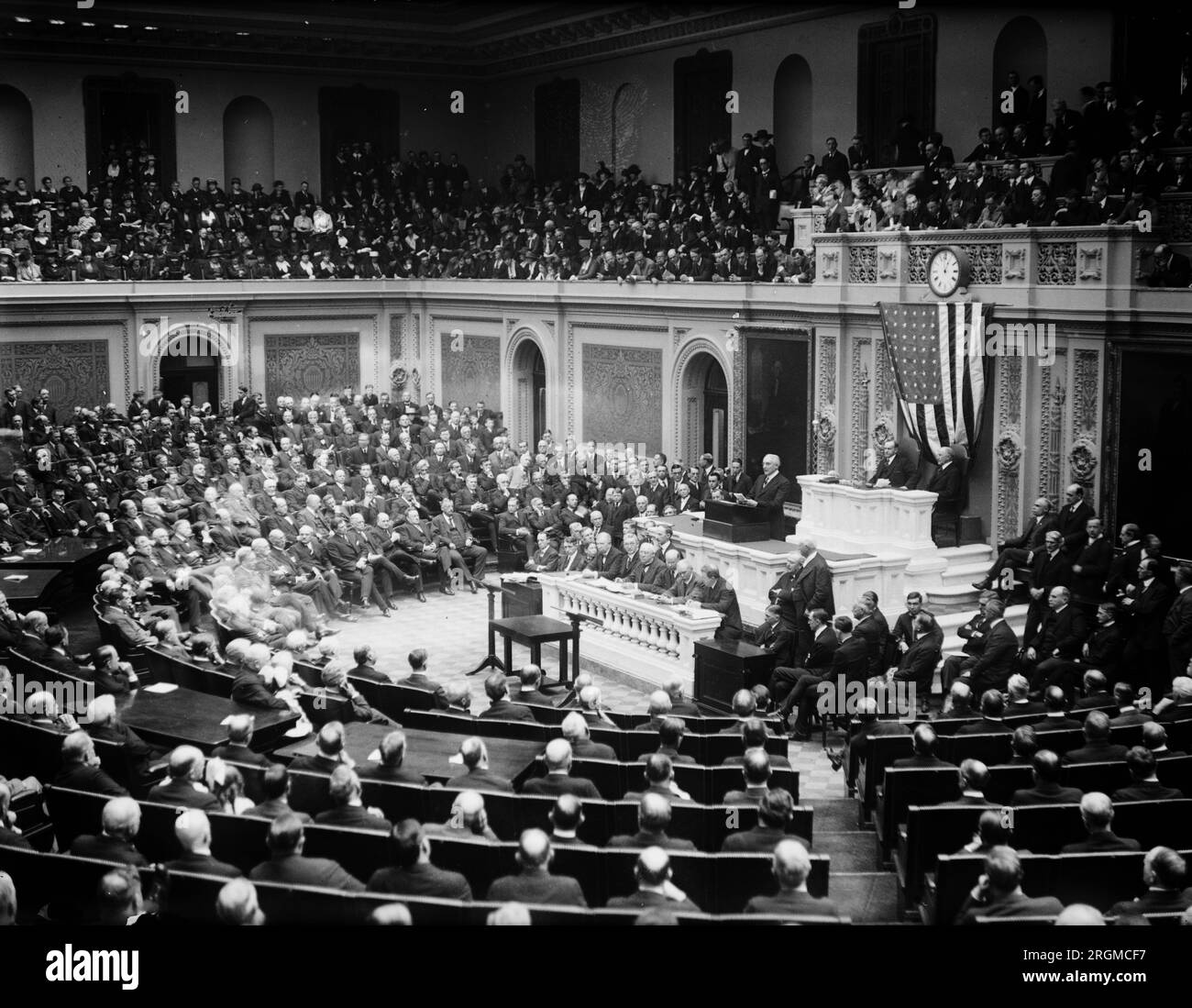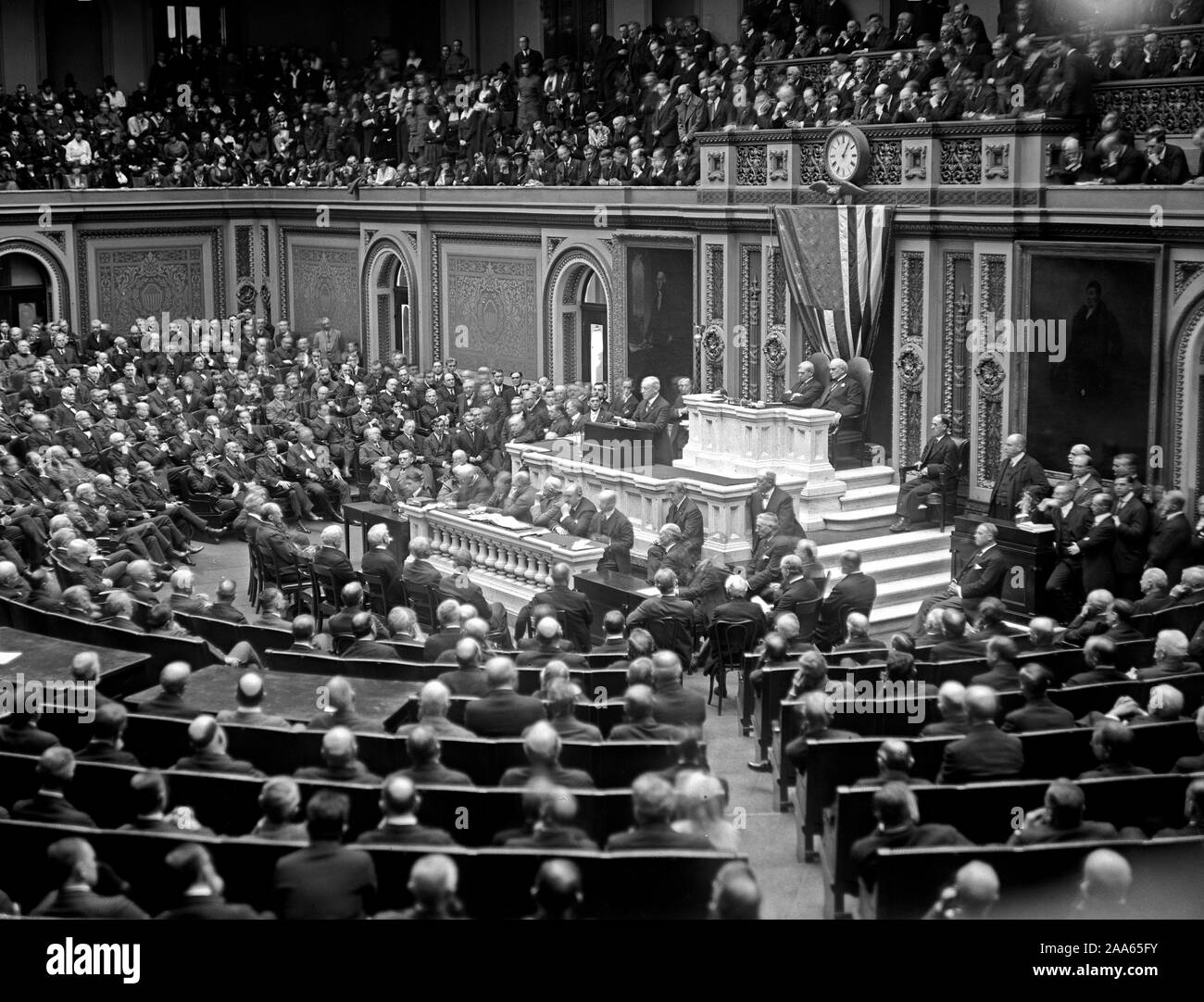Addressing The President: A Comprehensive Guide To Respectful Communication
Have you ever wondered how to properly address the president? Whether you're writing an email, preparing a speech, or even speaking face-to-face, addressing the president requires a level of respect and formality that can sometimes feel overwhelming. In this article, we’ll break down everything you need to know about addressing the president in various situations, ensuring your communication is both respectful and effective.
When it comes to addressing the president, it’s not just about throwing a fancy title in front of their name. There’s a lot more to it than meets the eye. From formal settings like official letters to casual conversations on social media, the way you address the president says a lot about your level of respect and understanding of protocol. Let’s dive into the details so you can ace this important aspect of communication.
This guide isn’t just about etiquette; it’s about showing respect and professionalism. Whether you're a student, a professional, or simply someone who wants to get it right, understanding how to address the president is essential for anyone navigating formal communication. So, let’s get started!
- Mastering Conversation Orientation The Key To Building Meaningful Connections
- Mission To Mars Humanitys Leap Into The Red Planet
Understanding the Importance of Addressing the President
Before we dive into the specifics, let’s talk about why addressing the president properly matters. The president of any country holds a position of authority and leadership. Addressing them with the right titles and language shows that you recognize their role and the responsibilities they carry. It’s a small but significant gesture that demonstrates respect and professionalism.
Formal Titles for the President
When it comes to formal communication, using the correct title is crucial. The most common way to address the president in writing or speech is by using their official title. For example, in the United States, you would refer to the president as "President [Last Name]." This is a universally accepted way to show respect and acknowledge their position.
Here’s a quick breakdown of some common formal titles:
- Does Miranda Get Married A Deep Dive Into Love Relationships And Everything In Between
- Gardening Coloring Page The Perfect Way To Combine Creativity And Nature
- President [Last Name]
- Mr./Madam President
- His/Her Excellency
These titles are used in official documents, speeches, and formal invitations. They set the tone for respectful communication and ensure that your message is taken seriously.
Writing to the President: Tips and Best Practices
Writing to the president can be a nerve-wracking experience, but with the right approach, it doesn’t have to be. Here are some tips to help you craft a respectful and effective letter:
- Start with a formal salutation: Begin your letter with "Dear President [Last Name]" or "Dear Mr./Madam President."
- Be concise and clear: Get straight to the point and avoid unnecessary fluff. The president receives thousands of letters, so make sure yours stands out for the right reasons.
- End with a respectful closing: Use phrases like "Sincerely" or "Respectfully" before signing your name.
Remember, the goal is to convey your message clearly while maintaining a tone of respect. This will ensure that your letter is well-received and taken seriously.
Addressing the President in Emails
Emails have become a common form of communication, even with high-ranking officials. When emailing the president, follow these guidelines:
- Use a professional subject line: Make sure your subject line is clear and concise. For example, "Request for Meeting with President [Last Name]."
- Keep it formal: Even though emails are less formal than letters, you should still use formal titles and language.
- Proofread carefully: Typos and grammatical errors can undermine your message, so take the time to proofread before hitting send.
By following these tips, you can ensure that your email is both respectful and effective.
Speaking to the President: Face-to-Face Etiquette
If you ever find yourself in the rare and exciting position of speaking to the president face-to-face, here’s what you need to know:
First impressions matter, so start with a firm handshake and a polite greeting. Address the president as "Mr./Madam President" or "President [Last Name]" during the conversation. Keep your tone respectful and avoid interrupting when they speak. It’s also important to be mindful of your body language—maintain eye contact and stand or sit up straight to convey confidence and respect.
Here are some additional tips:
- Listen actively: Pay attention to what the president is saying and respond thoughtfully.
- Be concise: Stick to your key points and avoid rambling.
- Show gratitude: Thank the president for their time at the end of the conversation.
By following these guidelines, you can ensure that your interaction with the president is both respectful and memorable.
Addressing the President in Social Media
In today’s digital age, social media has become a popular platform for engaging with public figures, including the president. While the tone may be slightly less formal than traditional communication, it’s still important to show respect when addressing the president online.
Here are some tips for addressing the president on social media:
- Use their official handle: When tagging the president in a post, use their official social media handle to ensure your message reaches them.
- Be respectful: Avoid using slang or informal language, even if the platform allows it.
- Stay on topic: Focus on the issue or message you want to convey and avoid unnecessary distractions.
By following these guidelines, you can engage with the president on social media in a way that is both respectful and effective.
Handling Informal Situations
While formal communication is the norm, there may be situations where a more informal tone is appropriate. For example, if you’re attending a town hall meeting or a community event where the president is present, you might have the opportunity to speak with them in a more relaxed setting.
In these situations, it’s still important to show respect, but you can afford to be a little more casual in your language. Use phrases like "thank you for being here today" or "I appreciate your leadership" to convey your appreciation without being overly formal.
Addressing the President in International Contexts
When addressing the president of another country, it’s important to be aware of cultural differences and protocols. Different countries may have different titles and traditions for addressing their leaders, so it’s always a good idea to do your research beforehand.
Here are some general guidelines:
- Use the official title: Refer to the president by their official title, which may vary depending on the country.
- Be mindful of cultural norms: Some cultures place a greater emphasis on formality than others, so adjust your language accordingly.
- Proofread carefully: Double-check your message to ensure it is free of errors and culturally sensitive.
By taking the time to understand the cultural context, you can ensure that your communication is both respectful and appropriate.
Common Mistakes to Avoid
While addressing the president may seem straightforward, there are a few common mistakes that can undermine your message. Here are some pitfalls to avoid:
- Using informal language: Avoid using slang or overly casual language, even in informal settings.
- Forgetting to proofread: Typos and grammatical errors can make your message appear unprofessional.
- Being too long-winded: Stick to your key points and avoid unnecessary details.
By avoiding these mistakes, you can ensure that your communication with the president is both respectful and effective.
How to Correctly Address the President in Writing
Writing to the president requires a level of formality that can sometimes feel intimidating. Here’s a step-by-step guide to help you get it right:
- Start with a formal salutation: Use "Dear President [Last Name]" or "Dear Mr./Madam President."
- State your purpose clearly: Get straight to the point and explain why you’re writing.
- End with a respectful closing: Use phrases like "Sincerely" or "Respectfully" before signing your name.
By following these steps, you can craft a letter that is both respectful and effective.
Conclusion: Mastering the Art of Addressing the President
Addressing the president requires a combination of respect, professionalism, and cultural awareness. Whether you’re writing a letter, preparing a speech, or engaging on social media, the key is to show that you recognize the president’s role and the responsibilities they carry.
Remember, the way you address the president says a lot about your level of respect and understanding of protocol. By following the guidelines outlined in this article, you can ensure that your communication is both respectful and effective.
So, the next time you find yourself in a situation where you need to address the president, take a deep breath and remember the tips we’ve discussed. With a little practice, you’ll be able to communicate with confidence and professionalism.
And don’t forget to share this article with your friends and family! Together, we can all learn how to address the president in a way that shows respect and admiration for their leadership.
Table of Contents
- Understanding the Importance of Addressing the President
- Formal Titles for the President
- Writing to the President: Tips and Best Practices
- Addressing the President in Emails
- Speaking to the President: Face-to-Face Etiquette
- Addressing the President in Social Media
- Handling Informal Situations
- Addressing the President in International Contexts
- Common Mistakes to Avoid
- How to Correctly Address the President in Writing



Detail Author:
- Name : Dr. Krystel Schaefer
- Username : plueilwitz
- Email : strosin.carli@langosh.com
- Birthdate : 2001-09-21
- Address : 283 Zulauf Street Hollisfort, CO 00720-6746
- Phone : +1.779.370.0344
- Company : Collier, Lemke and Goldner
- Job : Plant and System Operator
- Bio : Qui amet autem ullam nemo repellendus consequatur at. In dolorem nobis consequuntur totam. Et excepturi aut rerum possimus cupiditate molestiae repudiandae.
Socials
twitter:
- url : https://twitter.com/victor.schneider
- username : victor.schneider
- bio : Id ut nisi eos voluptatem culpa cumque doloribus. Ipsa dicta labore nemo voluptas. Quia est nam sed sunt ad rerum. Quis autem at voluptas facilis.
- followers : 576
- following : 767
tiktok:
- url : https://tiktok.com/@victor118
- username : victor118
- bio : Dignissimos error et aliquam necessitatibus impedit.
- followers : 2601
- following : 883
linkedin:
- url : https://linkedin.com/in/victor_schneider
- username : victor_schneider
- bio : Enim et perspiciatis nam eos facilis quis.
- followers : 1892
- following : 717
facebook:
- url : https://facebook.com/vschneider
- username : vschneider
- bio : Esse quis porro quasi id. Est expedita ut rerum voluptatem et qui.
- followers : 4874
- following : 1932
instagram:
- url : https://instagram.com/victor_official
- username : victor_official
- bio : In est nesciunt a eligendi iste enim aut. Nihil eum aut exercitationem qui expedita cum.
- followers : 3940
- following : 545